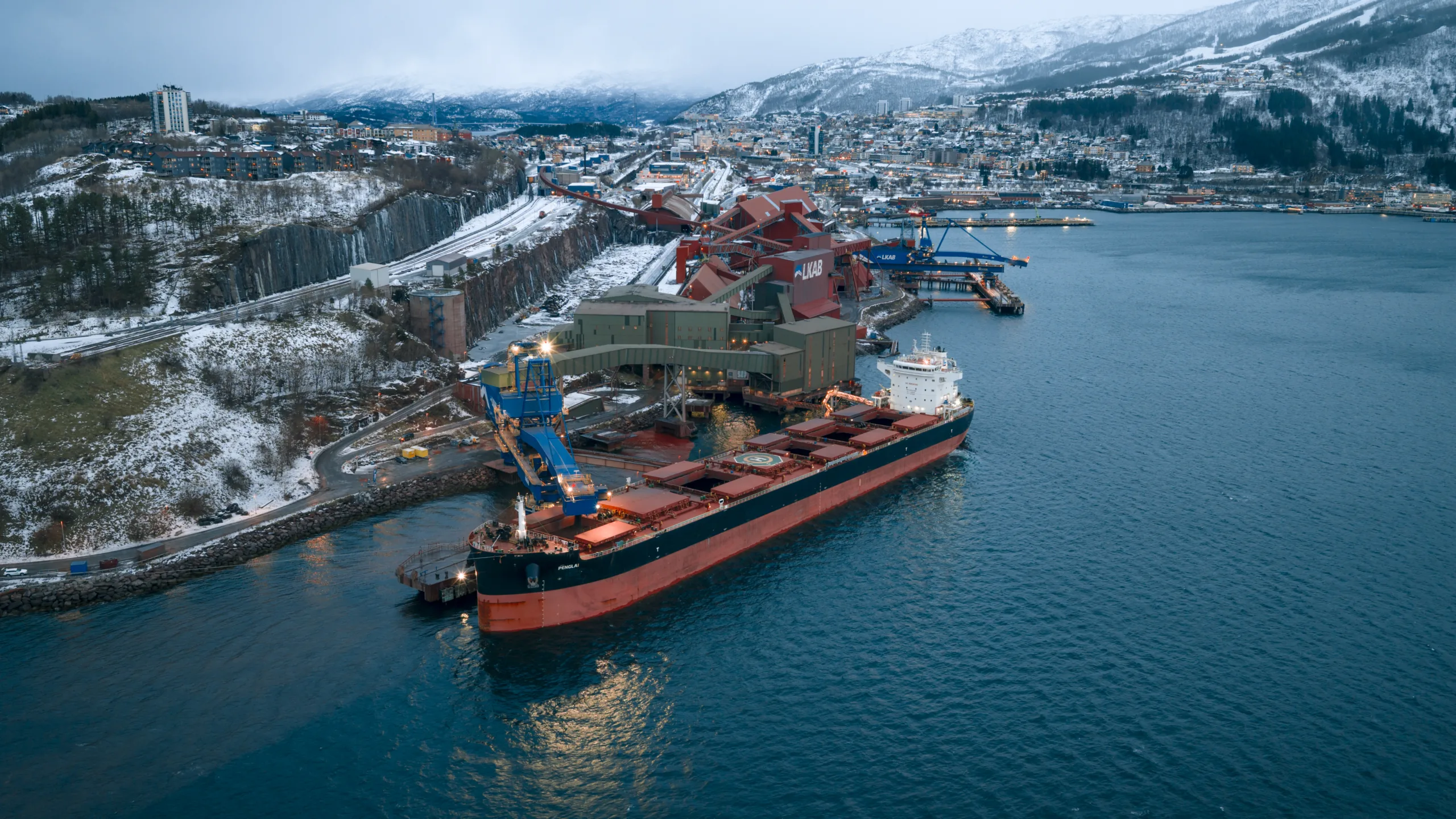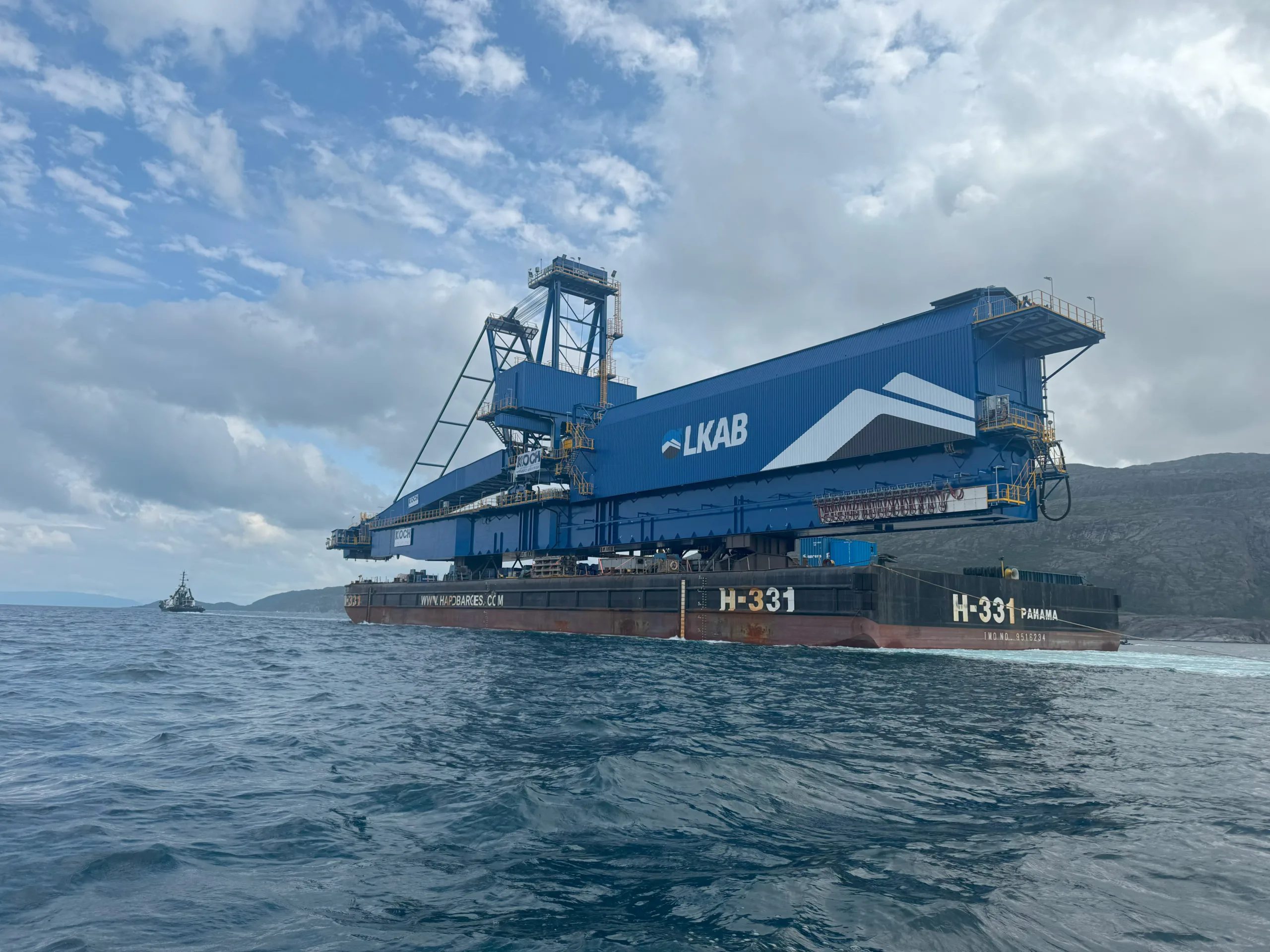Extended forecast for restoration of Iron Ore Line affects LKAB
On Friday, December 29, the Swedish Transport Administration announced a new forecast for when traffic on the Iron Ore Line between Kiruna and Narvik can be recommenced. They previously announced a preliminary forecast of January 9, but have now extended this to the end of January.
“The end of January feels like a reasonable time to deal with, given the challenges that are still being faced. But we want to be clear that even this forecast must be seen as preliminary and may be updated,” says Simon Sunna, Acting Head of Northern Railway Unit at the Swedish Transport Administration, in a press release published on trafikverket.se (Swedish).
In the same press release, they inform that the work with changing sleepers and other restoration on the track has so far progressed very well and to date, they have changed close to 6,000 sleepers on the stretch between Tornehamn and Vassijaure. However, temperatures down to -30 degrees Celsius are expected during the coming week, which creates uncertainty about the work ahead, especially in regard to the staff’s working environment.
“Those who work with the restoration have so far made an extremely strong effort, but we will never risk anyone’s health,” says Simon Sunna, in the press release.
Impact on LKAB
The availability of the Iron Ore Line and the need for improvements such as a double track has long been a point of concern for LKAB, something that has been communicated on several occasions in the past. The current situation and the new forecast highlight this further, and LKAB sees a direct impact that will continue well into 2024.
“It is very worrisome, and it will have a big impact on us if it drags on for too long. We are talking about revenue losses of around SEK 100 m a day,” says Linda Bjurholt, logistics manager LKAB.
In addition to the purely financial impact caused by the stoppage, the stocks of pellets, raw materials, and special products on the ground in both Kiruna and Svappavaara are also increasing. As of today, there are already about 1 million tons of pellets stored outdoors, and the amount increases daily.
Pellet storage
“Our operations never stand still, it doesn’t matter if it’s a weekend or a weekday. The scenario we see today is that if the mines and mills continue to operate according to plan, by the end of January we will have around 2.6 million tons of pellets stored on the ground in Kiruna and Svappavaara,” says Markus Björnfot, planning manager of logistics LKAB.
The extended stoppage means that LKAB will have to store a larger quantity of pellets in Svappavaara than normal. Dialogue is therefore ongoing with the supervisory authority, the County Administrative Board of Norrbotten, to ensure that the situation is handled correctly.
“Our hope is, of course, that the work on the railway will be completed earlier than the current forecast says. At the same time, we understand the challenges of weather and cold. Great efforts have been made by everyone so far, but for us as well as others, each day matters. We have offered the Swedish Transport Administration support with resources, such as personnel or other things that are needed if it can contribute to speeding up the work,” says Linda Bjurholt.





